Detour #323: From Belize to Panama on the Pan-American Highway
the pan-american highway is much more than just a bridge between continents, it’s one of the last great driving adventures.
Can you imagine a road that passes both ancient Mayan ruins and over one of the seven wonders of the engineering world? Or how about a road that meanders through dense cloud forests teeming with wildlife, found in one of the most biodiverse countries on the planet? What about a road that skirts a city that struggles with political instability, and another that was once considered the murder capital of the world? From towering volcanoes to tropical coastlines, and from colourful indigenous communities to the modern “Hub of the Americas”, the Pan-American Highway is full of contrasts, creating a truly unforgettable road trip unlike any other.
Formed by shifting tectonic plates that pushed up volcanic mountain ranges, Central America comprises seven countries (Belize, Guatemala, El Salvador, Honduras, Nicaragua, Costa Rica, and Panama) and forms a land bridge connecting the continents of North and South America. However, this section of the world-renowned Pan-American Highway is so much more than just a bridge between continents.
Central America’s history is shaped by ancient civilizations, colonial rule, and struggles for independence. The region was home to advanced societies, such as the Maya, who built phenomenal cities and developed sophisticated calendars, writing systems, and extensive trade networks. The Spanish conquest brought centuries of cultural genocide, forced labour, and the introduction of European culture and colonial architecture. Independence movements spread in the early 19th century, with the United Provinces of Central America briefly uniting several countries before fragmenting into the modern nations we know today. Since then, the region has faced political upheavals, foreign interventions, and civil wars, yet it has also managed to develop cultural traditions, blending Indigenous, African, and European influences into a distinct identity.
Is the Pan-American Highway even a Highway?
A highway is defined as a main road, especially one connecting major cities. In that sense, the Pan-American Highway is a highway, but it is anything but a single, continuous road, and its condition varies dramatically from country to country. In some areas, you might be able to hit 60mph, yet in others, you might average ten. Never will you be able to engage your cruise control, and if you take your eyes off the road for a split second, you could find yourself careening into the mother of all potholes or launching into the air as you fly over an un-signposted and un-painted monster of a speedbump. Enjoy driving at night? Forget it. If you value your vehicle and your life, you’ll stick to daytime driving for the duration of this journey.
How to follow the Pan-American Highway
To begin the route, you’ve got Belize – the only English-speaking country on this Pan-American Highway. And yes, they speak with an incredible Caribbean accent. Although a slight detour from the main route, the Hummingbird Highway takes you from the pristine waters on the Caribbean coast to the dense jungle that encases ancient ruins. And, hidden amongst the canopies, a truly spectacular cave system filled with an eerie collection of indigenous burial remains – caves being considered part of an entirely different realm.
Then you’ll enter Guatemala, with its strong indigenous culture, as well as enchanting catholic festivals that take place in the beautiful city of Antigua. There are several volcanoes, and near Lake Atlan, you’ll find by far the most colourful road you’ll have ever seen.
El Salvador has struggled with powerful street gangs known as Maras, which grew out of poverty and migration and became notorious for violence, extortion, and deep influence over communities. El Salvador’s President – Nayib Bukele – to some, is the country's saviour. He declared war on these gangs and won. Now he’s trying to improve the lives of the country’s citizens by growing the economy and utilising what the country has to offer – a stunning coast with some mind-blowing surf breaks and some amazing volcanoes.
From El Salvador, you’ll pass into Honduras, but with such a small portion of the Pan-American Highway passing through the country, you may only spend a night here before heading directly into Nicaragua.
In Nicaragua, Leon is the first major city you reach upon crossing the border, and we immediately noticed an unnerving tension. Nicaragua’s political instability stems from a long history of dictatorship, revolution, and foreign involvement. The Somoza family ruled for decades until the Sandinista revolution in 1979, which was followed by years of civil war against United States-backed Contra rebels. Although democratic elections were introduced in the 1990s, politics remained polarised, and under President Daniel Ortega, who returned to power in 2007, the government has been accused of authoritarianism, corruption, and intentionally weakening democratic institutions. However, despite this political unrest, Nicaragua has some of Central America's most imposing volcanoes, unbelievable beaches, and beautiful lakes. We decided to take a break from our van and hopped on a ferry to Ometepe Island, where we rented a motorbike and whizzed around, enjoying the stunning views of Nicaragua Lake and Concepcion volcano.
In the next section of this road trip, you’re going to want to deviate slightly from the Pan-American Highway. Costa Rica is covered with cloud forests and beaches filled with endless wildlife, waterfalls, and whimsical creatures. In the lush forests and coastlines, you might spot sloths hanging from the trees, howler and capuchin monkeys leaping through the canopies, iguanas basking in the sun, and even sea turtles and crocodiles gliding through the clear water. The birdlife is just as spectacular, with colourful toucans, both scarlet and green macaws, quetzals, and hummingbirds flitting among the flowers!
Bordered by the Pacific Ocean on one side and the Caribbean Sea on the other, the Panama Canal is a unique feat of engineering that connected two parts of the world and made Panama City the Hub of the Americas. Beyond that, Panama is full of more stunning coastline, beautiful islands, and some pristine tropical rainforests that are full of more unbelievable wildlife. But this is where the rutted road ends. The Darién Gap separates Panama from Colombia by a dense and ominous rainforest, known for being the most dangerous migration route in the world. For this reason, you must ship your vehicle to whatever road trip destination awaits you next.
Are there any particularly perilous, scenic, or otherwise memorable sections to highlight?
Absolutely. The road to Lake Atitlan in Guatemala is narrow, twisty, and steeply inclined, and, thanks to local farmers burning various materials combined with the thick cloud forest, sections of this road were almost entirely hidden from sight, drastically increasing the risk of driving off the unmarked cliff-edge to my right. Similarly, in Costa Rica, roads like Cerro de la Muerte or the Hill of Death spring to mind. The fog, ridiculously heavy rain (even by British standards), and frequent landslides make these roads particularly dangerous. Poor drivers and free-roaming livestock can also make these roads extremely hazardous.
As for the most scenic sections of this route, Costa Rica is hard to beat. With dense jungle on one side and the Pacific Ocean on the other, you’re exposed to incredible wildlife everywhere you look. Whether it’s Mike Tyson, the immense crocodile sleeping beneath a bridge, or the hundreds of brightly coloured Macaws gliding above or fighting amongst the tree canopies, there is always something to see (but don’t look for too long, you never know when the next pothole or speed bump will get you). Furthermore, in Guatemala, sections of the road will weave their way through remote indigenous communities. Here, they’ll often sit outside their homes in their colourful traditional garments, selling exotic fruits and vegetables, as well as handmade crafts. These towns and the homes within them often have an open-plan, outward-facing community, and so driving these roads offers an incredibly rich and authentic insight into their conversations, foods, work, and way of life. There are some gorgeous sections of road in Central America, but it is the life and culture that surround them that make them so extraordinary.
How are you treated as a traveller?
Honestly, it’s a mix. Locals are sometimes curious as to why we’re driving where we’re driving. Some are totally perplexed by our foreign number plate. Others don’t bat an eyelid. Police at the checkpoints have been both excited by our presence and keen to know where we’ve been and where we’re going, but some are unsure of us, suspicious even.
This road trip is seriously challenging but unquestionably rewarding. If this is something you’d like to attempt, there are some other important logistical elements to note. Firstly, some countries require you to have a LHD vehicle. Next, each country requires you to get a TIP (Temporary Import Permit) and insurance for your vehicle. This is usually a simple process, but we have heard some horror stories. The Nicaraguan border is notoriously bad and does not permit drones to enter, so make sure you post it from Honduras to Costa Rica if you have one. We found that crossing on a bank holiday saved us some hassle. In July 2024, the UK government announced a visa requirement for Honduran citizens, citing a significant increase in asylum claims from Hondurans. In response, Honduras implemented a reciprocal visa policy, requiring British citizens to obtain a visa before traveling to Honduras. This happened shortly before we entered Honduras, and so the process was a little unknown. Thankfully, after a few weeks of stress and the hatching of an alternative plan, our experience at the embassy was simple.
The section of the Pan-American Highway that passes through Central America is far from the dreamy roads of Europe, but that is not what makes this road trip so alluring. This road trip is incredibly challenging, but the rewards are undeniable. A Central American road trip offers the thrill of crossing diverse landscapes and cultures in a compact stretch of land, from volcanic peaks and jungle-filled national parks to colonial towns and pristine beaches. The journey brings a mix of immense adventure and type two fun, where each border crossing introduces new challenges, as well as new traditions, foods, and rhythms of life.
Words & Photography James Hearne Instagram






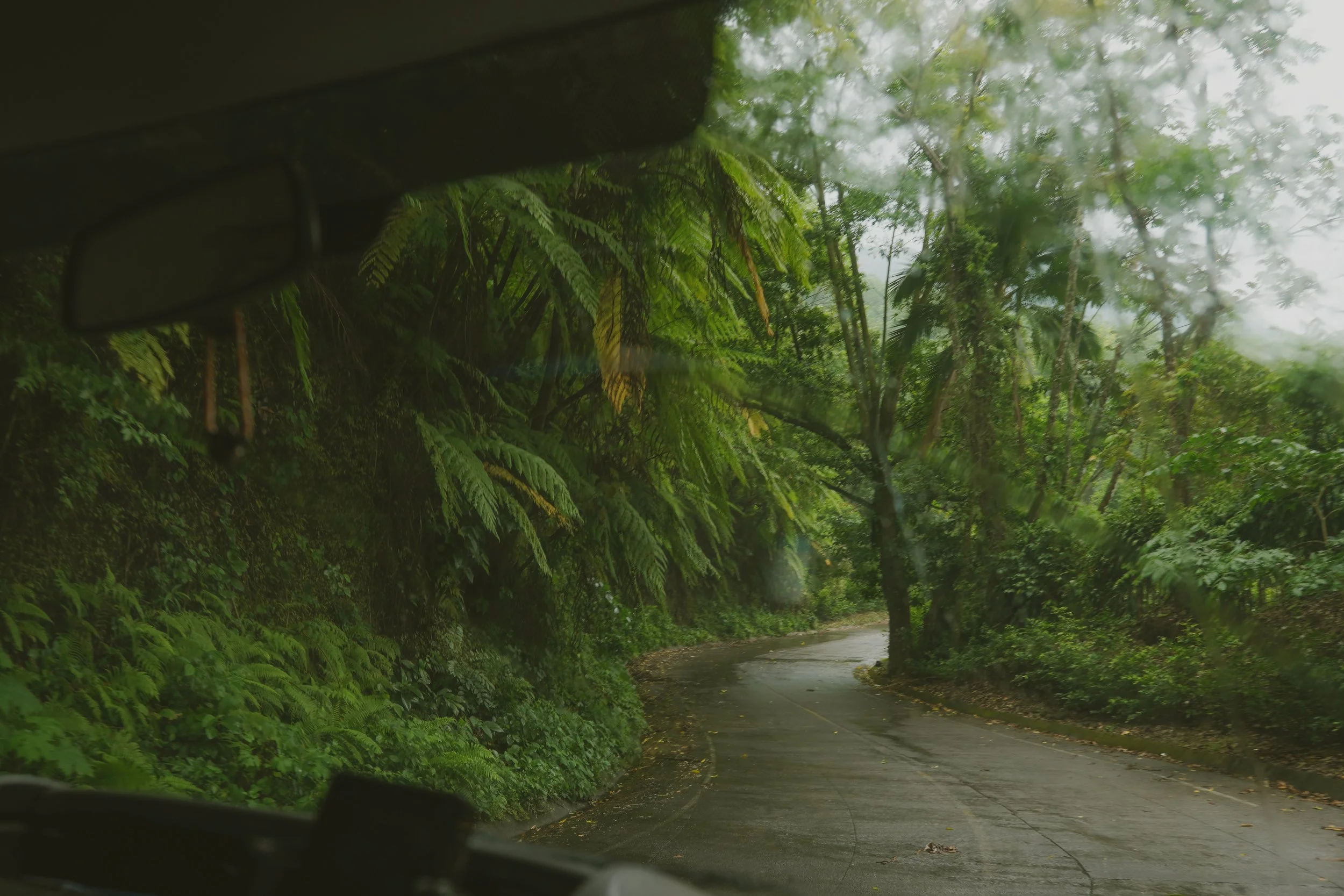

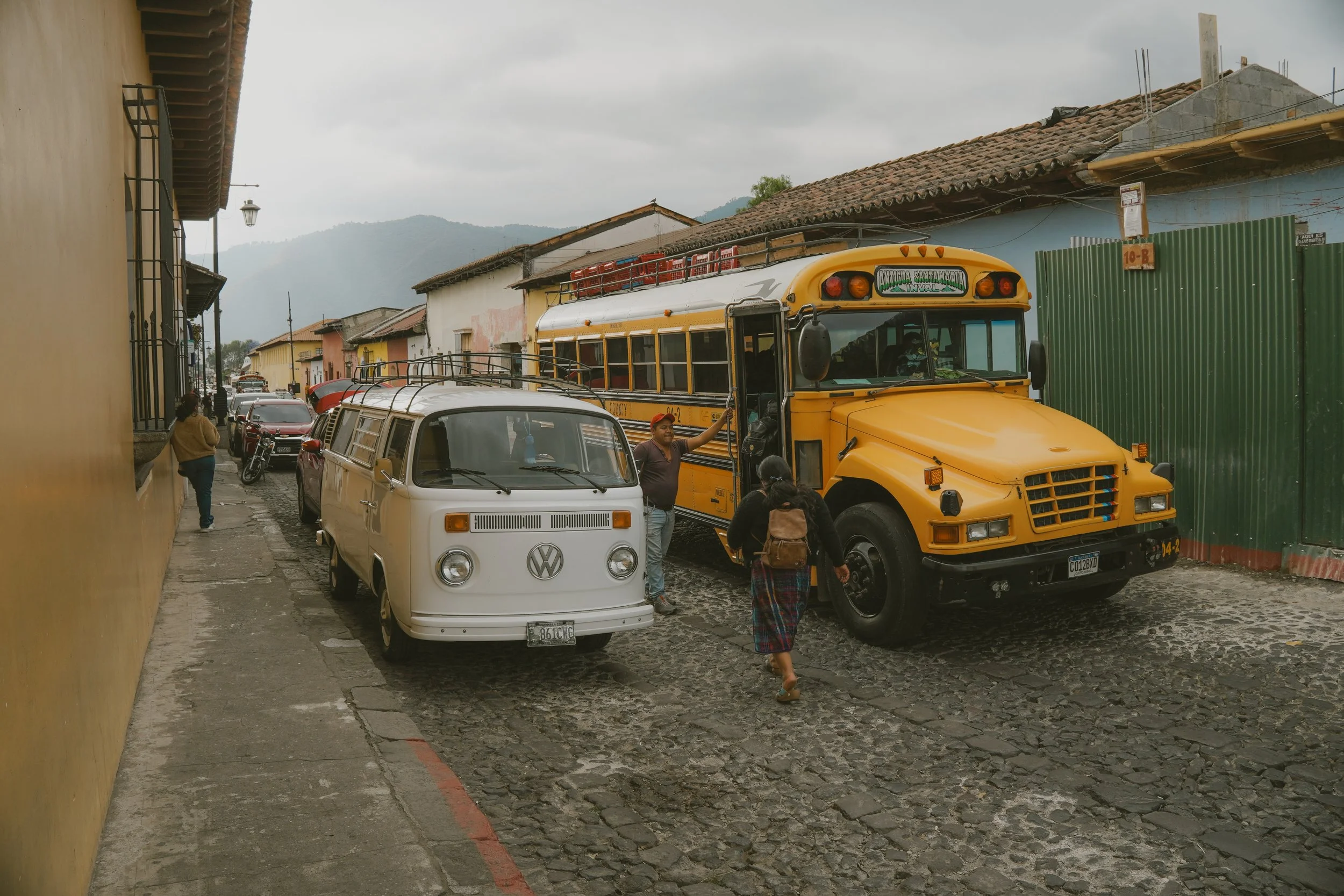
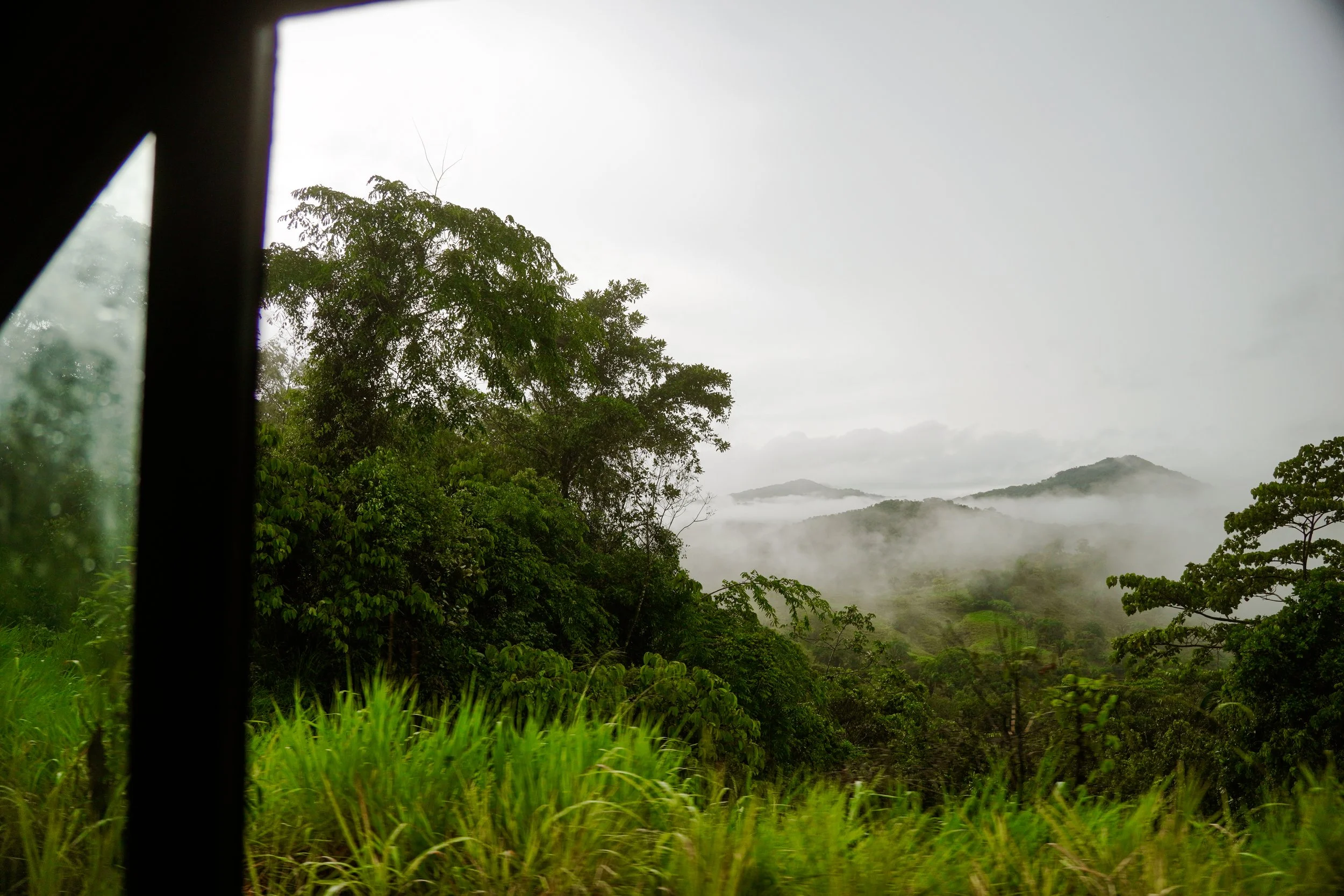
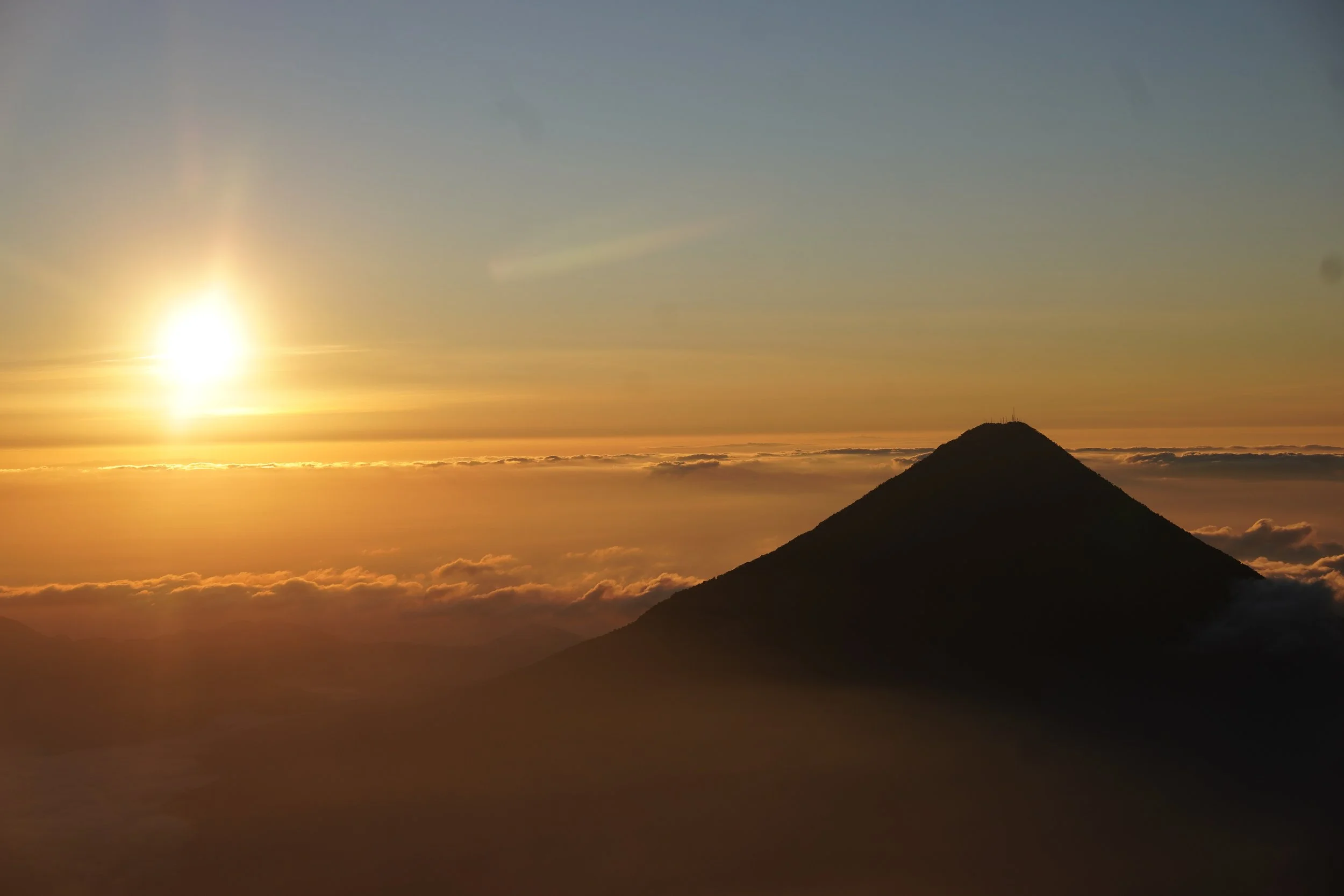


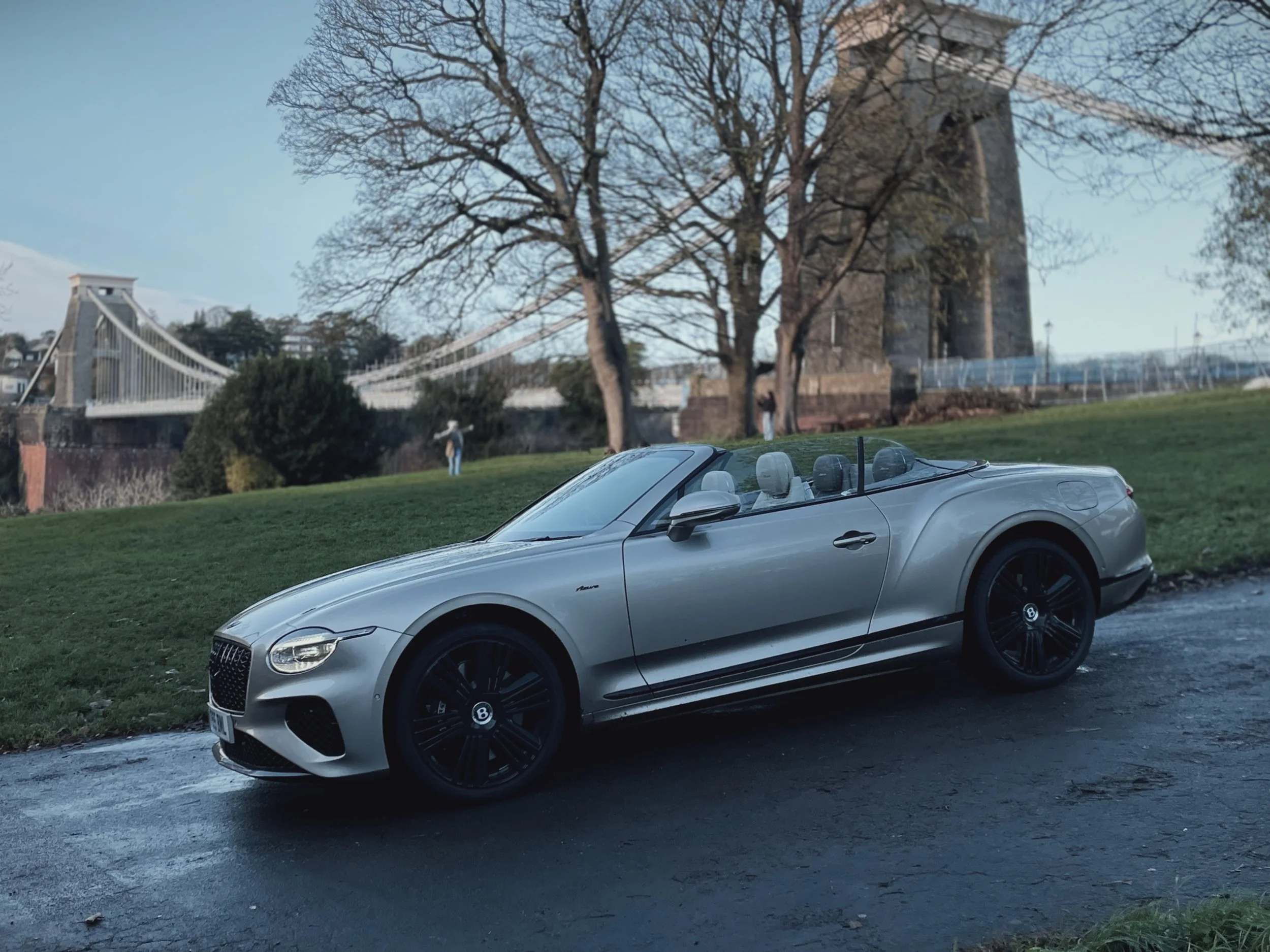
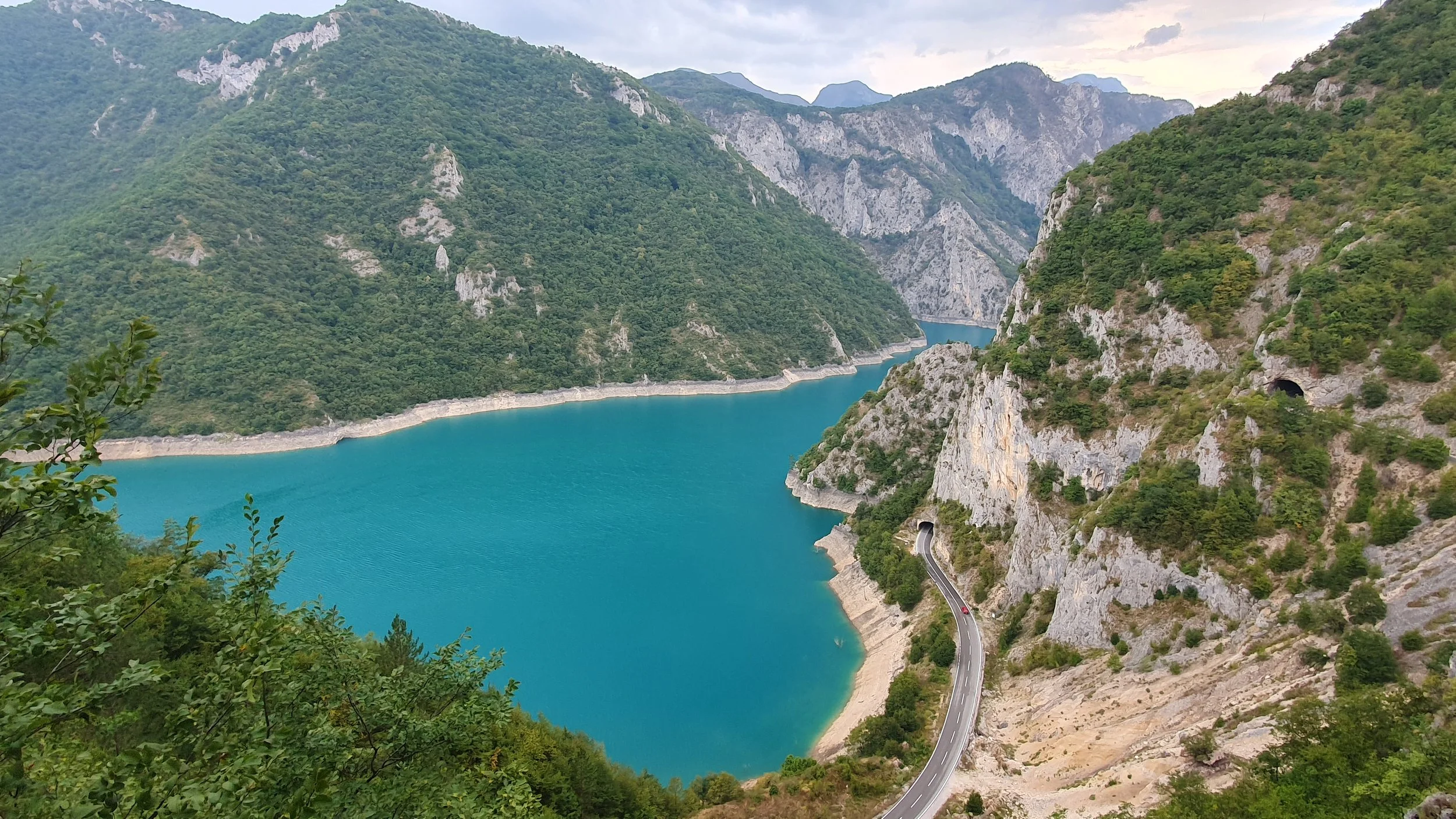
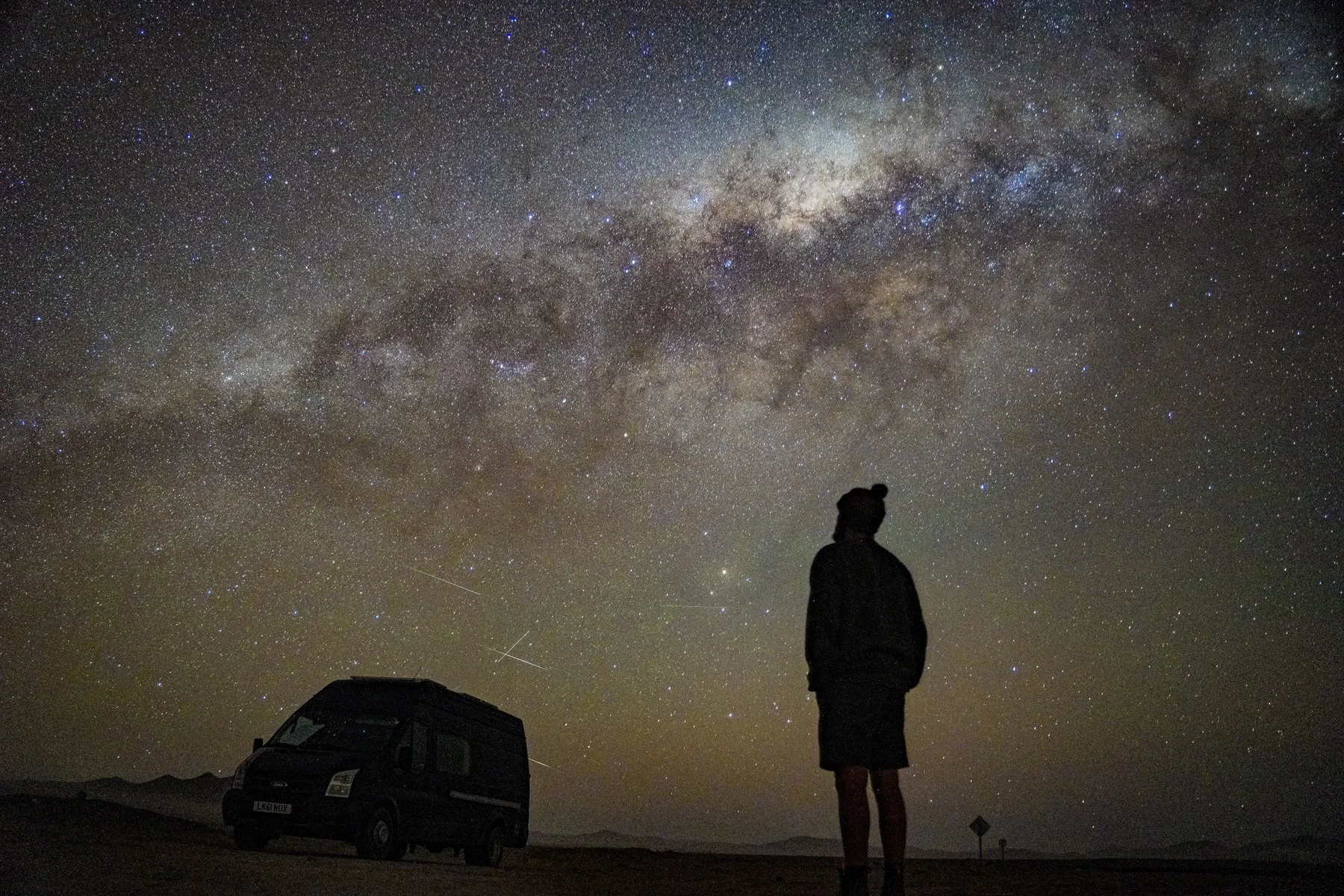

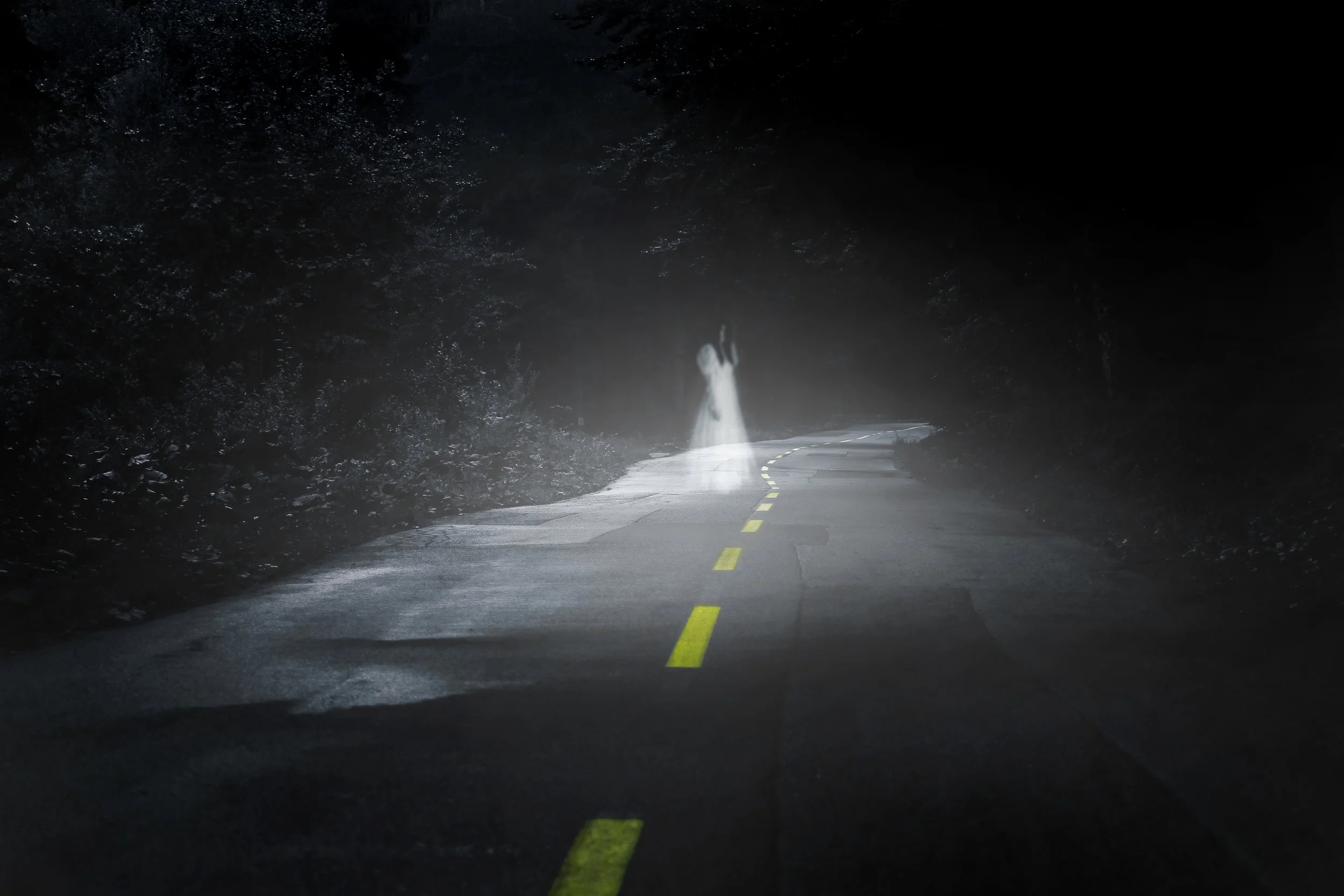


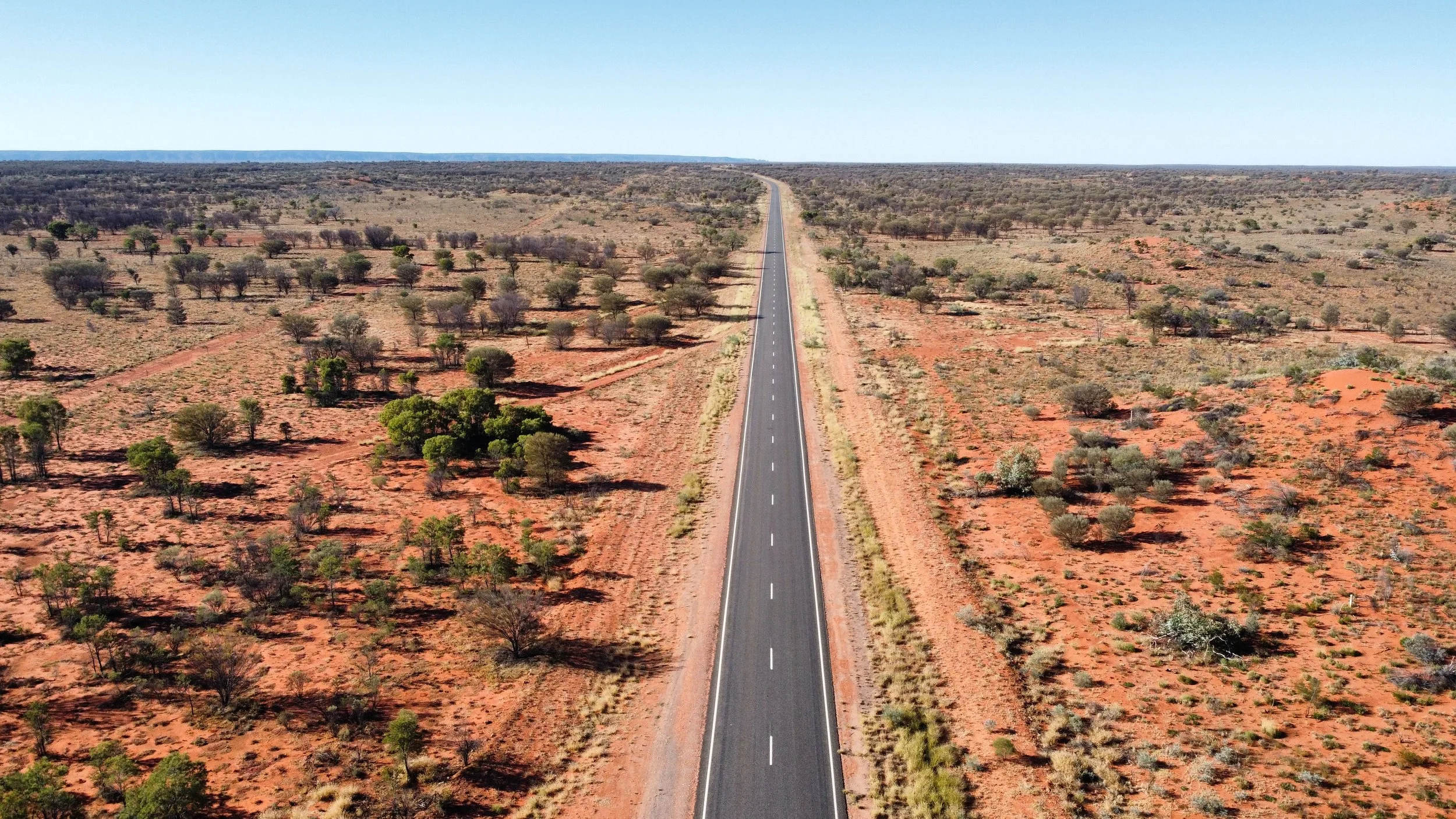

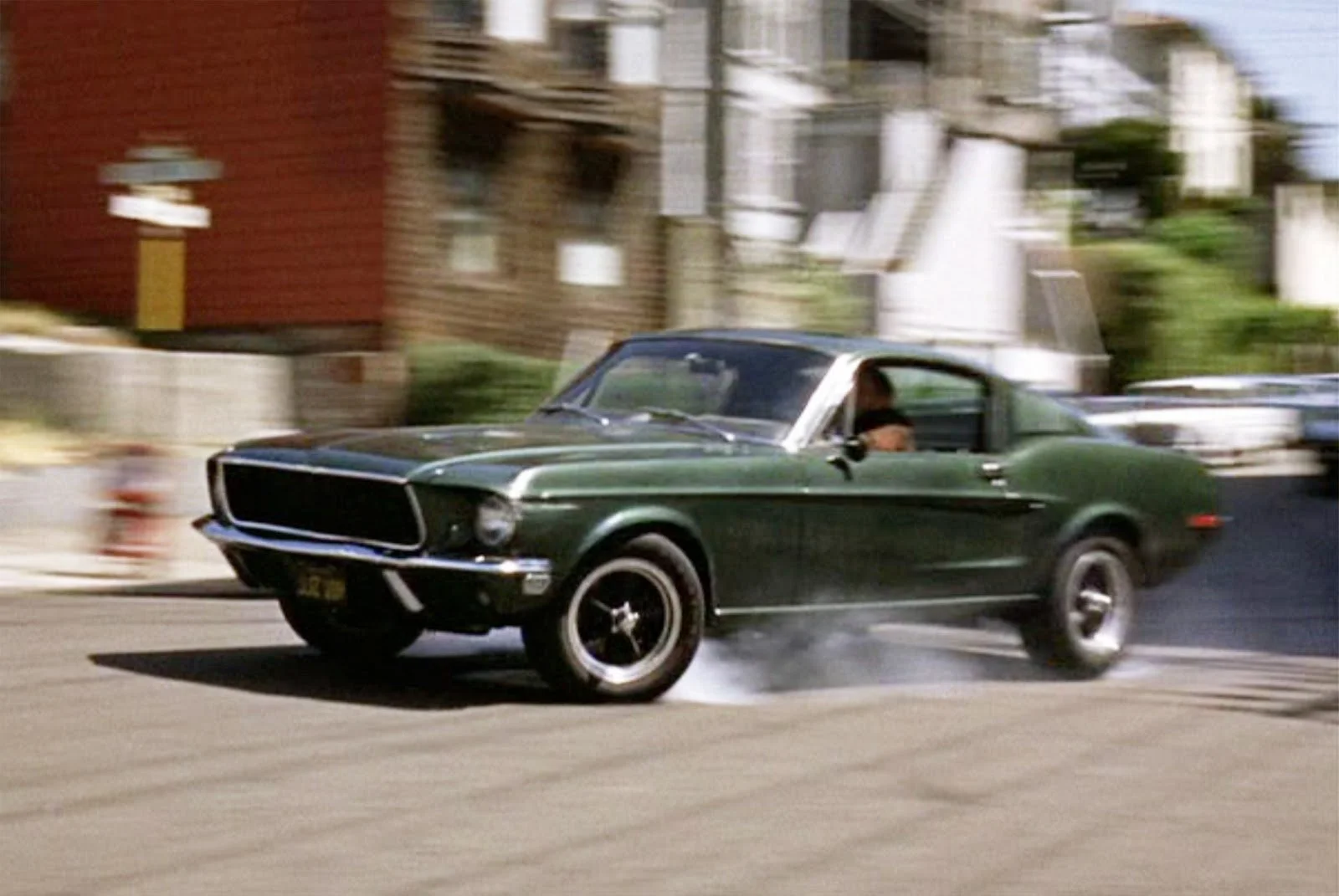

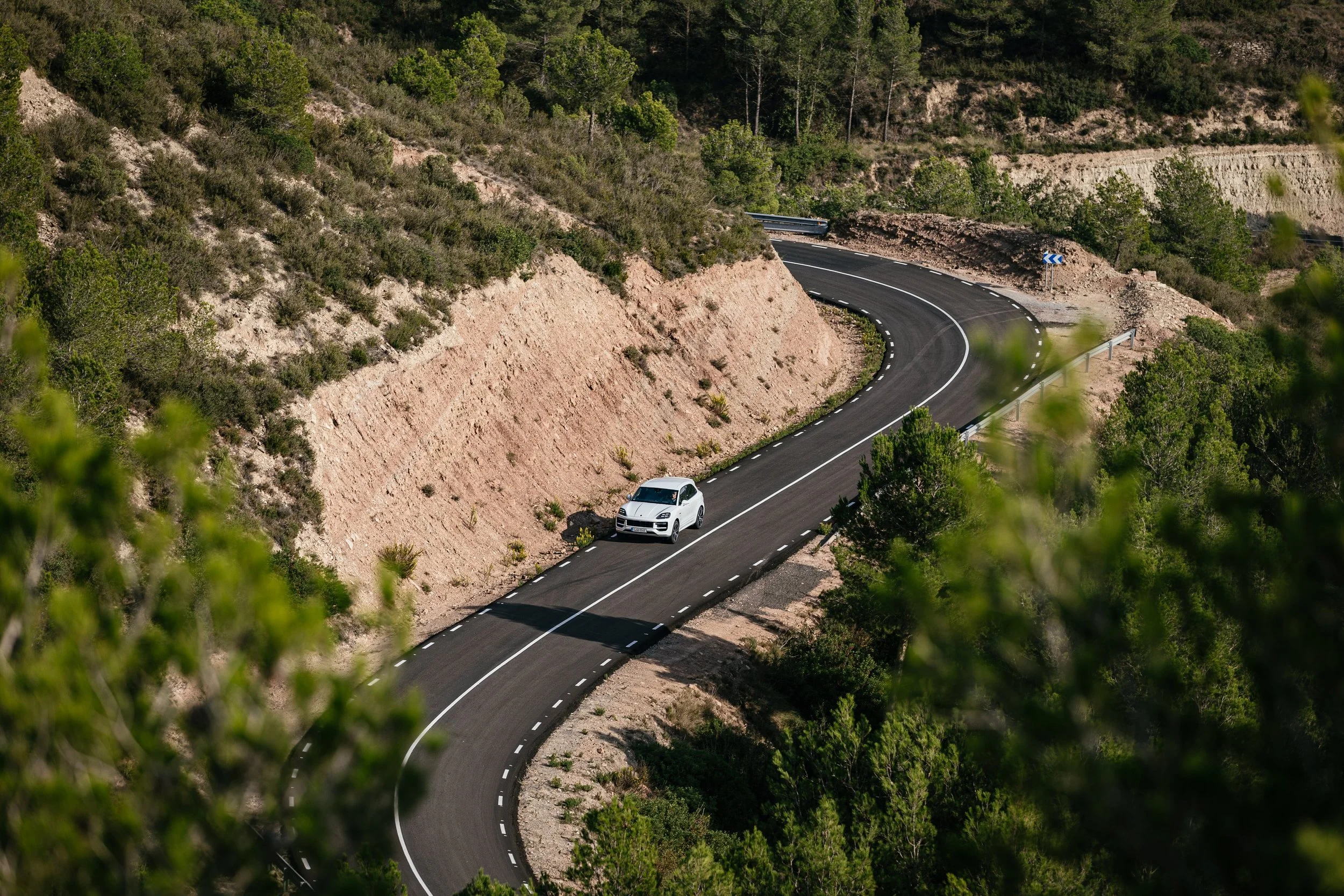



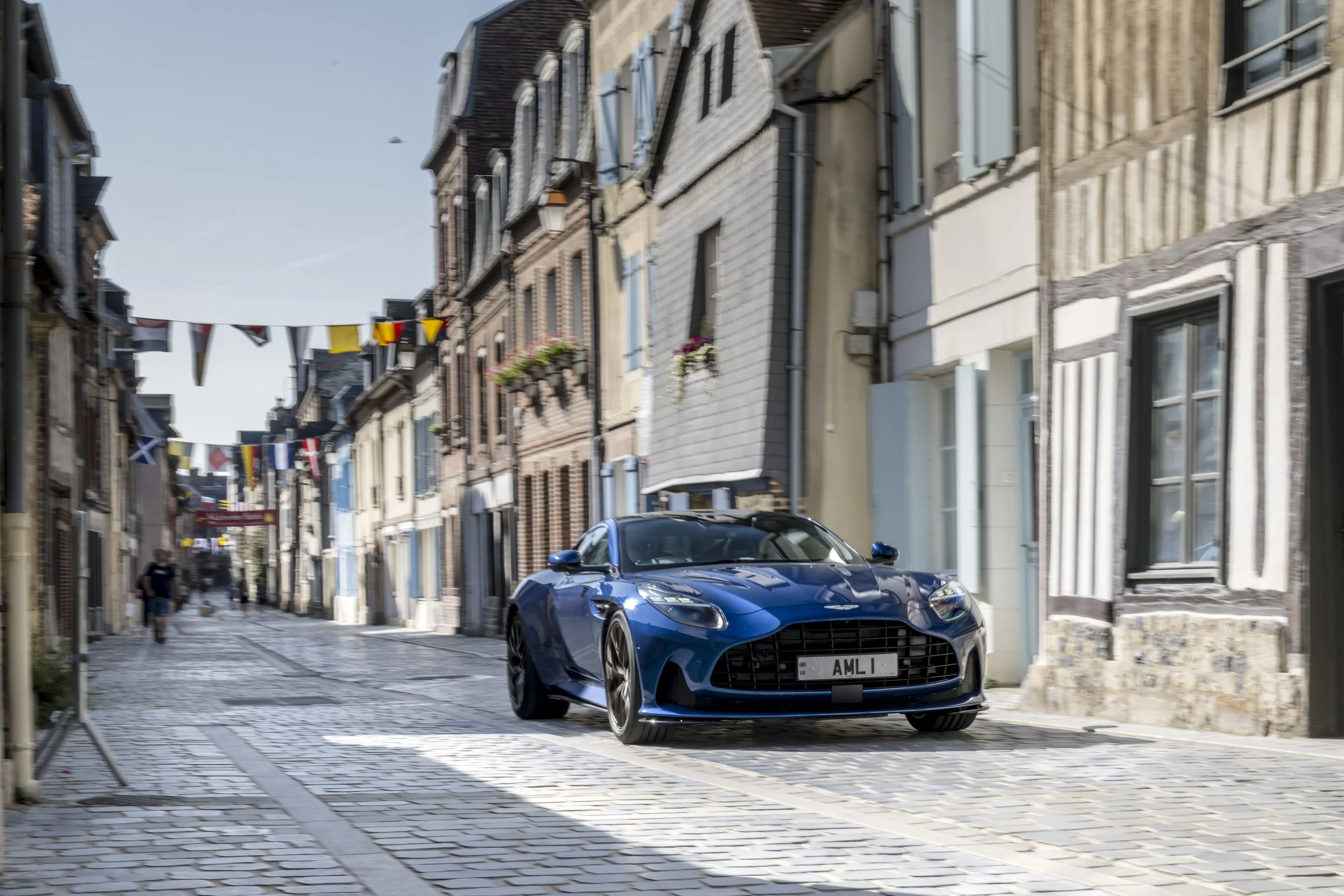
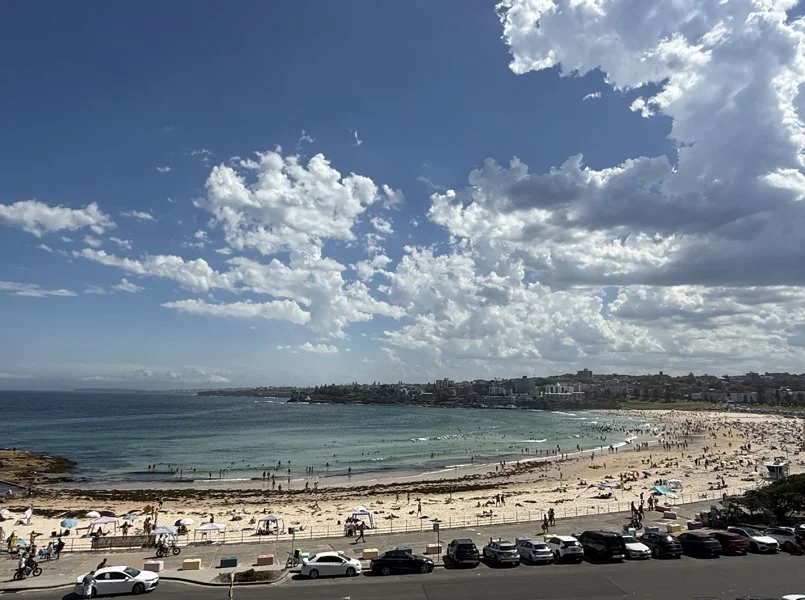

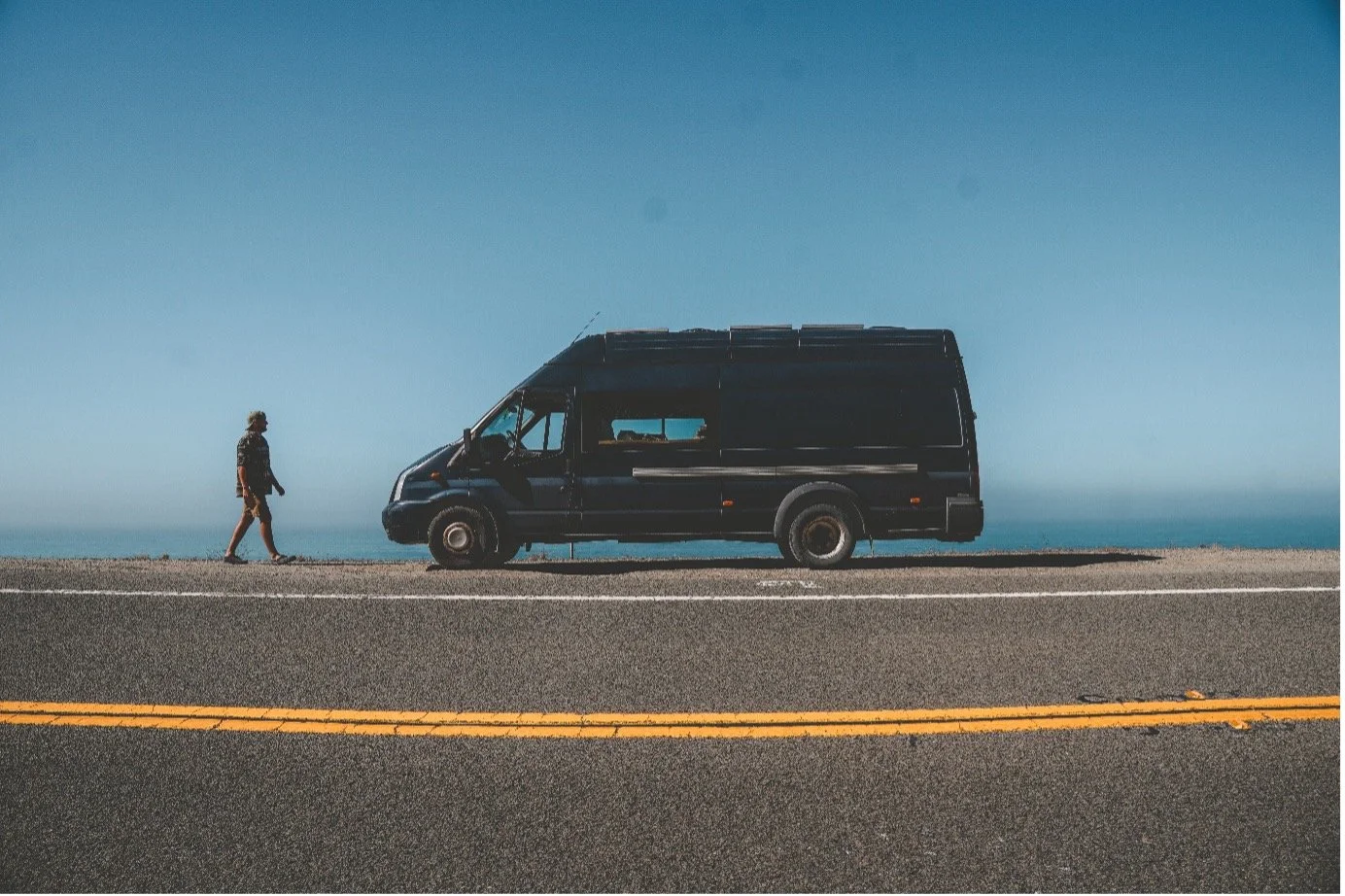
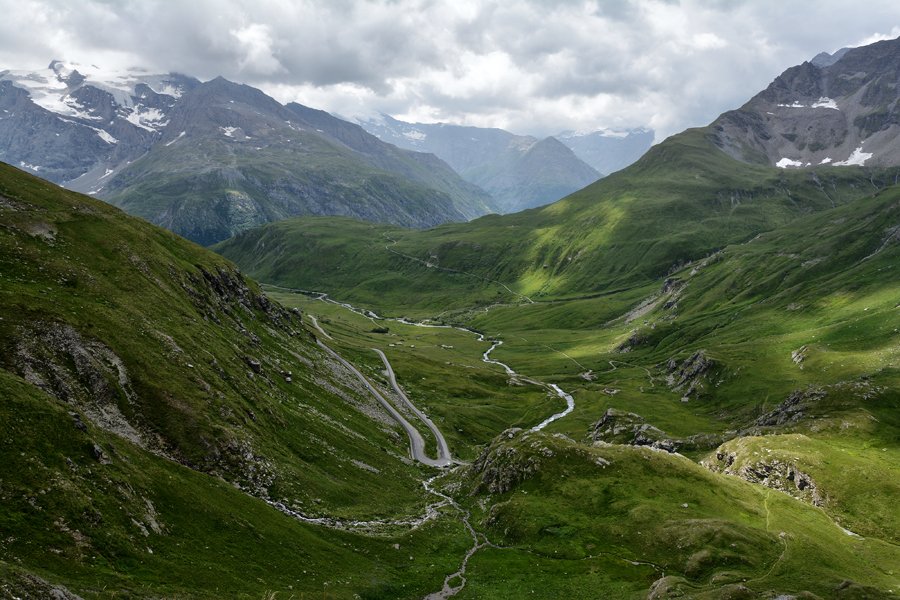







One of the highest navigable routes in the world, the Ruta de Las Lagunas is an off-road adventure with many risks, but just as many rewards.